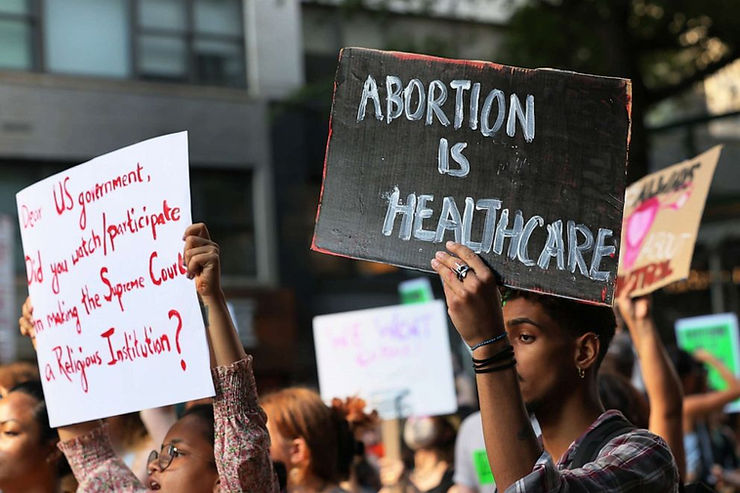By: Sarah Liu
Rachel Brown was diagnosed with breast cancer and found out she was pregnant within 2 days. Her choices: get chemotherapy and harm the baby, or let deadly cancer spread all while having 2 other children.
On Ms. Brown’s first visit with a surgical oncologist, it was clear that waiting for the second trimester would put her life in more danger as the cancer could spread to her organs. Even during the second trimester, she could not have trastuzumab or radiation treatment.
With a breast cancer specialist, she was told she could have a mastectomy in the first trimester before chemotherapy. But it would hide whether the treatment or drugs were helping, meaning her cancer could unknowingly turn fatal. If Ms. Brown kept her pregnancy, she could lose her life and ruin the lives of those that loved her. She wanted to think quickly so the fetus wouldn’t feel pain.
Ms. Brown had spent the past year trying to get pregnant, and this child would be her fiance’s first biological child. After much contemplation, they chose to have a medication abortion. It seems a situation like this couldn’t have been made more difficult, but it could. This happened in April 2021. An ending like this is nearly impossible now.
The Supreme Court’s decision to overturn, Roe v. Wade ended the right to have an abortion in June, meaning women like Ms. Brown cannot even save their own lives. Certain cancers make pregnancy impossible for the mother, while cancer drugs jeopardize the fetus. Physicians can even get jail time for helping to carry an abortion out, making oncologists wonder, “does leukemia qualify as a reason for an abortion to save her life?”
Pregnancy always has the risks of “a miscarriage, a premature birth, birth defects or death — can occur whether or not a woman with cancer takes the drugs.” Having deadly cancer just adds to the risk of not aborting the child. Now many women who used to have the choice of either saving themselves, or their child cannot choose, even if it means losing their own life.
Link To Article:











